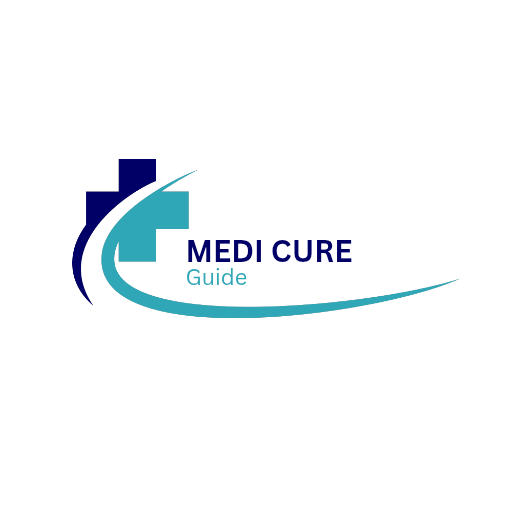Introduction
Back pain is among the most common medical conditions in today’s world. Millions of people across all age groups suffer from it, and it has become one of the leading causes of disability worldwide. According to the World Health Organization, lower back pain is the most frequent musculoskeletal disorder affecting people of all ages.
This article provides a complete guide to understanding back pain – its causes, symptoms, risk factors, diagnosis, treatments, and prevention strategies.
What Is Back Pain?
Back pain is any discomfort or ache felt in the back area, including the spine, muscles, ligaments, and nerves. It can range from a mild soreness to severe, debilitating pain that restricts daily activities.
There are two main categories:
- Acute Back Pain – Sudden, short-term pain that lasts from a few days to a few weeks.
- Chronic Back Pain – Pain that persists for more than 12 weeks, even after initial treatment.
Types of Back Pain
- Mechanical Back Pain – Most common type, caused by muscles, ligaments, or joints.
- Radicular Pain – Pain that radiates from the back into the legs or arms due to nerve irritation (commonly seen in sciatica).
- Axial Pain – Confined to one specific spot in the back.
- Referred Pain – Felt in another part of the body but originating in the back.
Common Causes of Back Pain
1. Poor Posture
Sitting hunched over a desk or slouching while using a mobile device increases pressure on the spine. Over time, this weakens muscles and leads to pain.
2. Muscle or Ligament Strain
Lifting heavy weights improperly or making sudden awkward movements often strains muscles and ligaments in the back.
3. Herniated or Bulging Discs
Spinal discs act as cushions between the vertebrae. If one slips or ruptures, it can press against a nerve, causing sharp pain and numbness.
4. Arthritis
Conditions like osteoarthritis cause narrowing of the spinal canal, leading to stiffness and back pain.
5. Osteoporosis
Weak bones increase the risk of spinal fractures, resulting in sudden and intense pain.
6. Medical Conditions
Kidney stones, infections, endometriosis, or even spinal tumors can cause referred back pain.
Symptoms of Back Pain
- Persistent dull ache or sharp stabbing pain.
- Pain that worsens with movement.
- Stiffness and reduced flexibility.
- Tingling, numbness, or weakness in the legs (sciatica).
- Difficulty standing up straight or walking for long periods.
👉 If symptoms include fever, weight loss, or bladder issues, it may indicate a serious condition that needs immediate medical evaluation.
Risk Factors for Back Pain
- Age – More common after age 30.
- Sedentary Lifestyle – Lack of activity weakens muscles.
- Obesity – Extra weight puts stress on the spine.
- Occupation – Jobs requiring heavy lifting or long sitting periods.
- Smoking – Reduces blood supply to spinal tissues.
- Stress and Depression – Emotional stress can increase muscle tension.
Diagnosis of Back Pain
Doctors use several tests and evaluations to find the root cause:
- Physical Examination – Checking flexibility, reflexes, and muscle strength.
- X-rays – Identifies bone damage or fractures.
- MRI/CT Scan – Detects disc issues, spinal stenosis, or tumors.
- Blood Tests – Helps detect infections.
- Bone Scan – Identifies bone abnormalities.
Treatment Options for Back Pain
1. Home Remedies
- Applying ice packs for swelling.
- Heat therapy to relax stiff muscles.
- Gentle stretches and yoga.
- Over-the-counter pain relievers like ibuprofen.
2. Physical Therapy
Physiotherapists recommend tailored exercises to strengthen the core, correct posture, and improve mobility.
3. Medical Treatments
- Prescription medication – Stronger pain relievers or muscle relaxants.
- Injections – Cortisone injections for nerve-related pain.
- Surgery – In severe cases (herniated disc, spinal stenosis).
4. Lifestyle Changes
- Maintain a healthy weight.
- Avoid sitting or standing for too long.
- Use ergonomic furniture.
- Quit smoking to improve blood circulation.
Exercises for Back Pain Relief
- Cat-Cow Stretch – Improves spine flexibility.
- Child’s Pose – Relieves tension in the lower back.
- Pelvic Tilt – Strengthens lower back muscles.
- Bridges – Builds strength in glutes and spine.
- Walking or Swimming – Low-impact cardio improves circulation.
Prevention of Back Pain
- Exercise regularly (focus on stretching and core muscles).
- Maintain good posture at work and home.
- Sleep on a supportive mattress.
- Avoid high heels and unsupportive footwear.
- Learn safe lifting techniques (bend knees, not waist).
When to See a Doctor?
Consult a doctor if:
- Pain lasts more than 2–3 weeks.
- Severe pain limits daily activities.
- Pain spreads to the legs or causes weakness.
- Sudden weight loss, fever, or bladder issues appear.
Conclusion
Back pain is a global health concern that can range from mild discomfort to disabling chronic conditions. Most cases can be managed through home remedies, lifestyle adjustments, and medical treatments. By adopting a proactive approach – exercising regularly, maintaining posture, and seeking medical help when necessary – you can significantly reduce your risk of chronic back pain.


d1b1fk
buy cannabis chocolate worldwide delivery